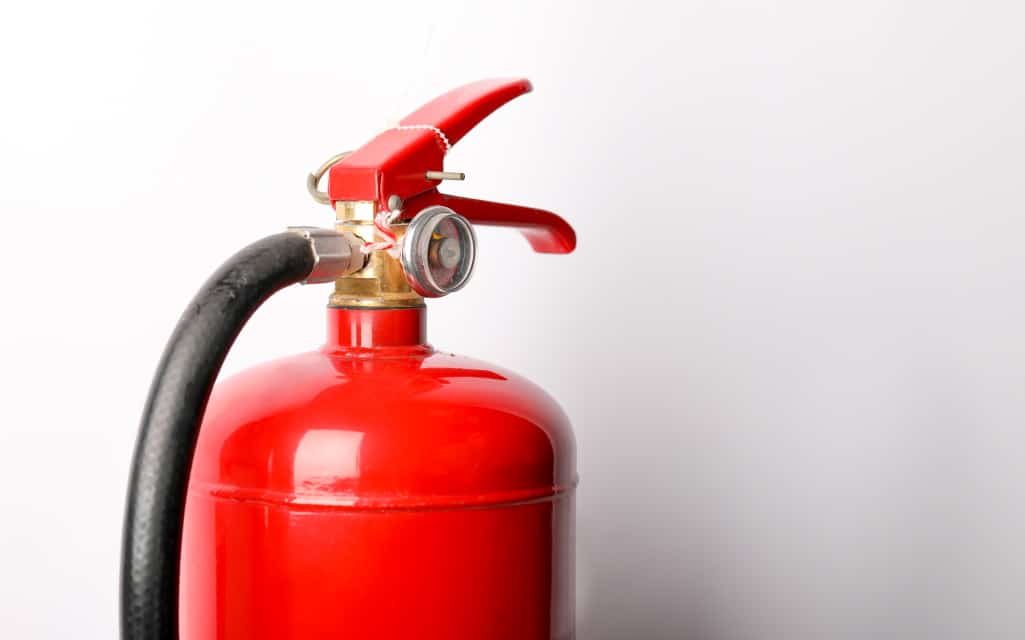Understanding the best ways to protect your home and family from fire should be one of your top priorities.
Fires are one of the deadliest emergencies that could happen within your home. Keep reading this guide to find out what you need to know about tools to keep yourself and your family safe if fire breaks out.
What are the different classes of fires?
Any fire extinguisher or blanket is only suitable for use on particular classes of fires. To properly understand how to use different fire emergency equipment, it is important to know the different fire types:
- Fire Class A: solid materials such as wood, paper or textiles
- Fire Class B: flammable liquids such as petrol, diesel or oils
- Fire Class C: flammable gases
- Fire Class D: flammable metals
- Fire Class F: burning cooking oils or fat
- Electrical: any burning electrical equipment
Fire blankets
You never know when a small accident at home can turn into a fire. It is important to keep a fire blanket on hand in case you leave your electric fire on for too long, forget to switch off your straighteners, or accidentally overheat your pan while cooking.
What is a fire blanket?
A fire blanket is a piece of very flexible material that can be thrown over, or wrapped around, the source of a fire to smother it. This deprives the fire of oxygen, stops it from getting any bigger and eventually causes it to die out.
What are fire blankets made from?
Fire blankets are manufactured from two layers of woven glass fibre fabric with an inner layer of fire-retardant film.
What types of fire can fire blankets be used on?
Generally, a fire blanket can be used on Class A, B and D fires. These are fuelled by ordinary combustibles such as wood or paper, flammable liquids like oil or gas, or by combustible metals including magnesium and titanium.
They can also be used to extinguish burning clothes and hair. In the event that you encounter a situation with a burning person, wrap a fire blanket around the affected area to quickly put it out.
How do I use a fire blanket?
- Ensure all gas and electricity to the building, or at least all nearby plug sockets or gas points, are switched off.
- Pull the fire blanket out of its container and stretch it out fully so it can cover the full extent of the fire.
- Take the blanket by the upper corners and hold it with your palms facing the fire then, keeping the blanket at arm’s length, approach the fire.
- Carefully cover the flames with the fire blanket making sure that you cover the whole area so that you can effectively cut off the airflow, effectively sealing the edges.
- Leave for at least 60 minutes before attempting to uncover the source of the fire, and never attempt to transport a contained fire.
Fire extinguishers
Fire extinguishers are a common sight in most workplaces and homes. They come in a variety of different types and sizes to tackle all kinds of fires.
What are the different types of fire extinguishers and which classes are they suitable for?
- Powder fire extinguishers: suitable for fire classes A, B and C.
- Automatic powder fire extinguishers: suitable for fire classes A, B and C.
- Water fire extinguishers: suitable for class A fires.
- Foam fire extinguishers: suitable for class A and B fires.
- CO2 fire extinguishers: suitable for class B fires.
- Lithium battery fire extinguishers: specifically designed for lithium-ion battery fires.
How do I use a fire extinguisher?
Different types of fire extinguishers have individual instructions. However, in an emergency there may be no time to read them. If you are unsure, it is best to follow the general PASS rule:
Pull: pull the pin from the fire extinguisher. It may have a small plastic seal around it (known as a tamper seal) which will break when the pin is removed.
Aim: aim the nozzle low at the base of the fire and not at the flames.
Squeeze: squeeze the handle slowly until the fire extinguisher discharges.
Sweep: sweep the nozzle from side to side in small motions at the base of the fire until the fire is out.
Final word
It is important to note that fires should only be tackled if safe to do so. Extinguishing a fire yourself should only be attempted if you have undergone training to use an extinguisher or if there is a safe exit route available to you in case the emergency gets out of control. If you spot a fire that is quickly spreading, make sure to sound the fire alarm and call the emergency services on 999.



